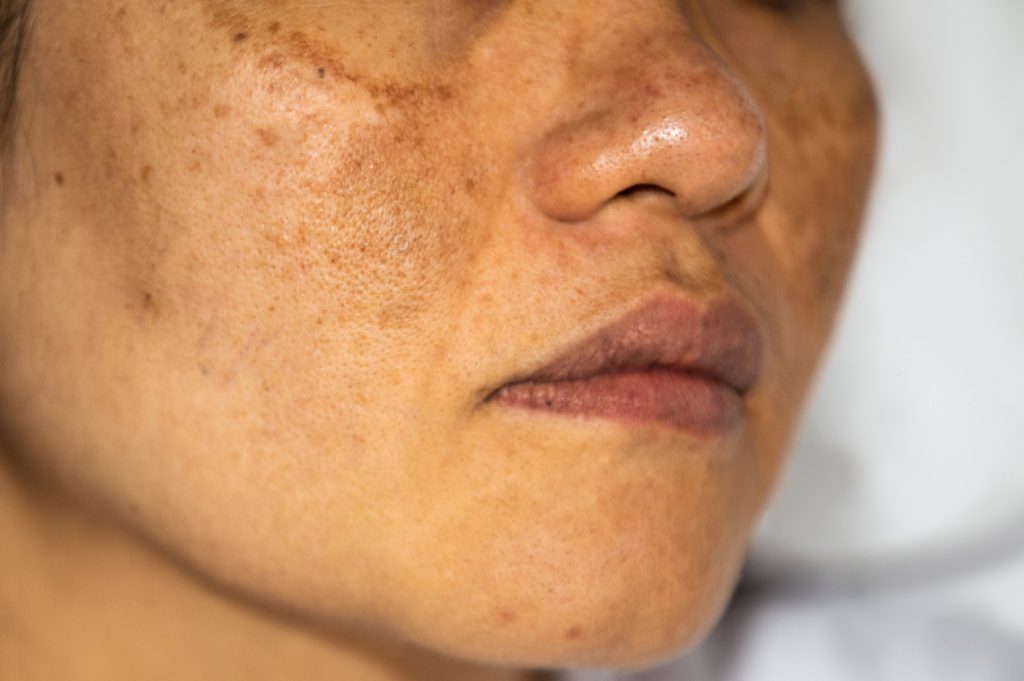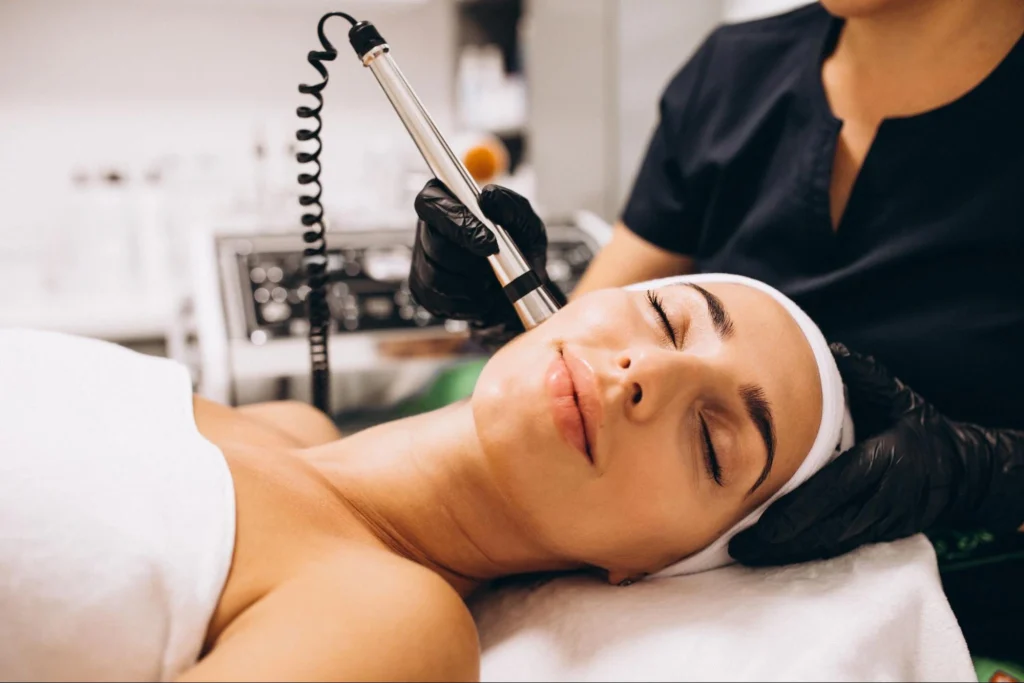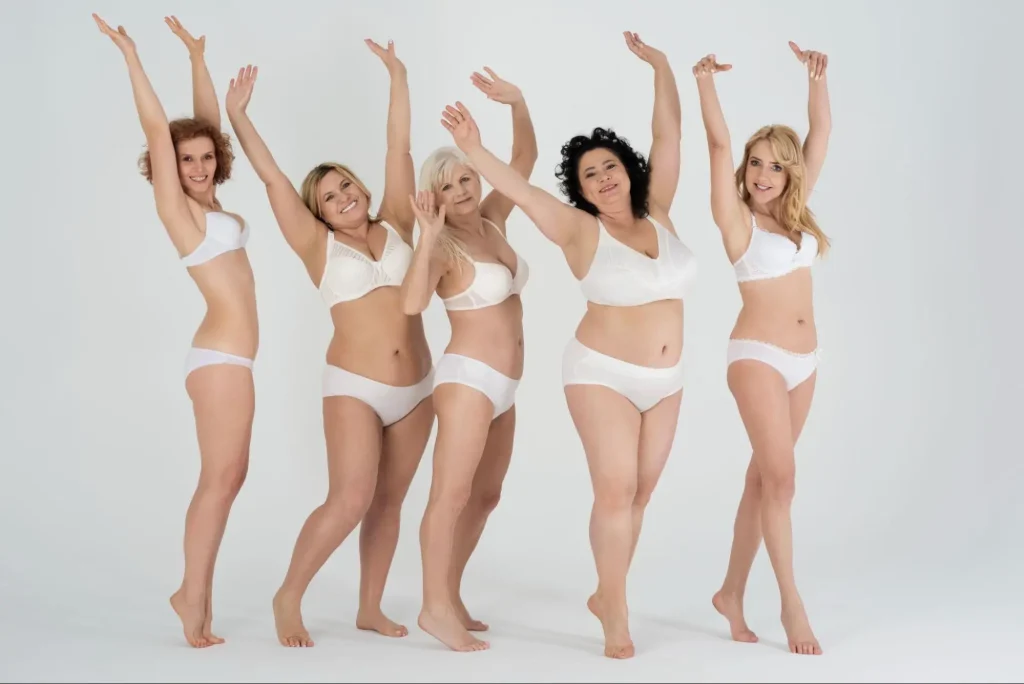Skin pigmentation treatment in Ilford
For many women, confidence in their appearance is about more than great hair, fantastic clothes and even well applied makeup. Feeling confident starts with good skin, and for anyone who is struggling with pigmentation problems, this can really hamper confidence.
Whilst deep lines on the forehead and around the lip area, loss of volume in the cheeks and even dry sensitive skin are signs of ageing that most are well aware of – linked as they are to age and the early stages of the menopause – pigmentation is talked about much less.
You are not alone if you are suffering with skin pigmentation. In fact, it is estimated that around 43% of the female population in the UK are concerned about pigmentation. Fortunately, there are a number of different ways in which skin pigmentation can be addressed, but before we look at these let’s take a proper look at what skin pigmentation really is.
What is skin pigmentation?
Pigmentation literally refers to the colour of a person’s skin. However, when a skincare professional uses the term what they are actually referring to is hyperpigmentation. This is the excessive and often harmful discolouration that can occur to the skin as a result of prolonged exposure to the sun and UV rays. If you have uneven brown patches on your skin or ageing dark spots on your skin then this is the skin pigmentation that we are referring to. Unfortunately, these darker, discoloured patches are the result of UVA stimulating the pigment cells in your skin to make Melanin. Whilst there is plenty of information out there about the damage that the sun can do to your skin, the thing that people really don’t mention is the fact that these sunspots can actually take between 10-20 years to develop. This means that you don’t see the damage that you might be doing to your skin until it really is too late. So, it really is important to consider your safety in the sun; wear a high factor sunscreen, stay out of the sun during the middle of the day and wear a hat in the sun. In fact, if you can, avoid sunbathing.
Where can you get skin pigmentation?
Skin pigmentation can appear anywhere on your body. It is something that can appear as just darkened patches and spots or in some cases it can affect your whole body. The darker spots are often referred to as age spots or sunspots. This is because they tend to appear when a person is older. The more visible skin pigmentation, for example that which appears on the face or arms – the areas of the body that are more often exposed to the sun- are the ones which usually bother people the most and are often the ones they seek treatment for.
The term hyperpigmentation is used to describe areas of the skin where there is uneven pigmentation; there might be dark, flat patches of skin that are different in colour and size. You can also get areas of this hyperpigmentation, referred to as post-inflammatory hyperpigmentation, following an inflammation or injury that leaves the skin discoloured and darkened once an injury has healed. It is estimated that between 1.5 and 33% of individuals, depending on the population, are affected by hyperpigmentation.
Types of skin pigmentation
There are a number of different types of skin pigmentation, we have already mentioned age and sunspots, hyperpigmentation
Other types include:
- Freckles
- Melasma – a form of pigmentation that occurs mainly die to hormonal imbalances, sun damage, genetic triggers, medication, and chemical reactions.
- Face pigmentation – occurring around the neck, lips, and eyes.
- Acne scars pigmentation – mainly occurring on the face this is different to hyperpigmentation
- Body pigmentation – occurring on different parts of the body this is usually caused by sun damage, shaving, acne, hair removal creams, and stretch marks. This can also include post pregnancy marks pigmentation
- Burns scars – usually occurring as a result of second- and third-degree burns that leave a scar. These hypertrophic scars are usually purple or red, and have areas of discoloured thick skin
Can skin pigmentation be treated?
The good news is that hyperpigmentation is usually a harmless condition, although if you have any concerns about an area of your skin that has changed in appearance it is worth speaking to your doctor. Having said that, for many individuals, the appearance of those brown patches on the skin can be something that really knocks down their self-confidence and makes them feel less happy in their own skin. Having treatment for skin pigmentation can help them to regain that self confidence and feel good about themselves.
Before we look at the diverse range of skin pigmentation treatments that you can consider it is important to remember that prevention is better than cure. Sunscreen can help to prevent hyperpigmentation, so if you are going outside use one that is 50 SPF every day. Even if this isn’t something that you have been doing it’s never too late to start making it a part of your beauty routine.
Treatments
If you are looking for treatment for your skin pigmentation issues, then it is important to look for a reputable establishment that offers a range of treatments. They will be able to help you find the most suitable treatment for you and will offer you a consultation first so that they can make the most appropriate suggestions.
The most common treatments for skin pigmentation issues include:
- Skin peels – medical graded chemical peels like the Cosmelan De-pigmentation peel have been specifically designed to remove a range of facial hyperpigmentation. They can also reduce pores and fine lines. After just one treatment it should be possible to see significant results.
- Body peels – another form of medical grade peel, specifically designed to target areas of body pigmentation. You will see results after just one treatment with 4-6 sessions usually being recommended.
- Microneedling – this targets skin concerns such as fine lines, pitted scars and superficial pigmentation and can be tailored to the needs of each individual client. Results are visible after one treatment with 3-6 sessions usually being recommended
- Body hydrafacial – Hydra-dermabrasion is then used to cleanse and exfoliate the skin deeply, this helps not only deep cleanse the pores but also to remove the top dead layer of the skin for a healthy glow.
- Dermaplaning – a fine blade is used to break up the surface of the skin and remove the top dead layer of the skin.
If you’re concerned about the pigmentation of your skin, and are seeking advice and treatment, why not speak to the experts at Shumaila’s. With a range of treatment options available, we’re sure you’ll get a treatment tailored to your needs that will produce results you’re sure to love.


